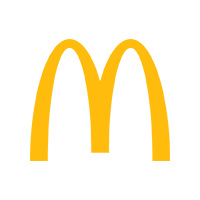In an innovative study published in the journal Science, Australian researchers quantified these needs, revealing that a human pregnancy requires around 50,000 calories of food over nine months.
This is equivalent, for example, to the consumption of around 85 Big Mac hamburgers, a significantly higher figure than previously estimated.
The findings challenge previous assumptions that most of the energy in reproduction is stored in the fetus.
Contrary to this belief, the study found that the energy stored in the baby's tissues represents only around 4% of the total energy costs of pregnancy.

“The baby itself becomes a rounding error,” noted the study's lead author, Dustin Marshall, quoted by the US newspaper The New York Times.
To understand the specific energy costs of reproduction, the team of researchers compiled data from existing scientific literature, examining the energy stored in the offspring and the general metabolic rates of pregnant females. They measured the oxygen consumption of mothers during reproduction to estimate their metabolic rates, aggregating data from 81 species, from insects to goats.
The analysis revealed that warm-blooded mammals, such as deer and humans, use three times more energy for reproduction than cold-blooded animals of a similar size.
The most surprising finding of the study was that, in many species, the indirect energy costs of pregnancy - those used to feed the mother's body - exceed the direct energy costs stored in the offspring. In mammals, only around 10% of the energy expended during pregnancy directly supports the fetus.
“I was shocked,” Marshall told the Times. “We went back to the sources many times because it seemed surprisingly high based on the expectations of the theory.”
These results make it possible to understand why female mammals invest heavily in post-natal care. Having already spent a lot of energy during pregnancy, it makes sense to ensure the survival of the young through dedicated care.
“They already have huge sunk costs in the project,” explained Marshall.




